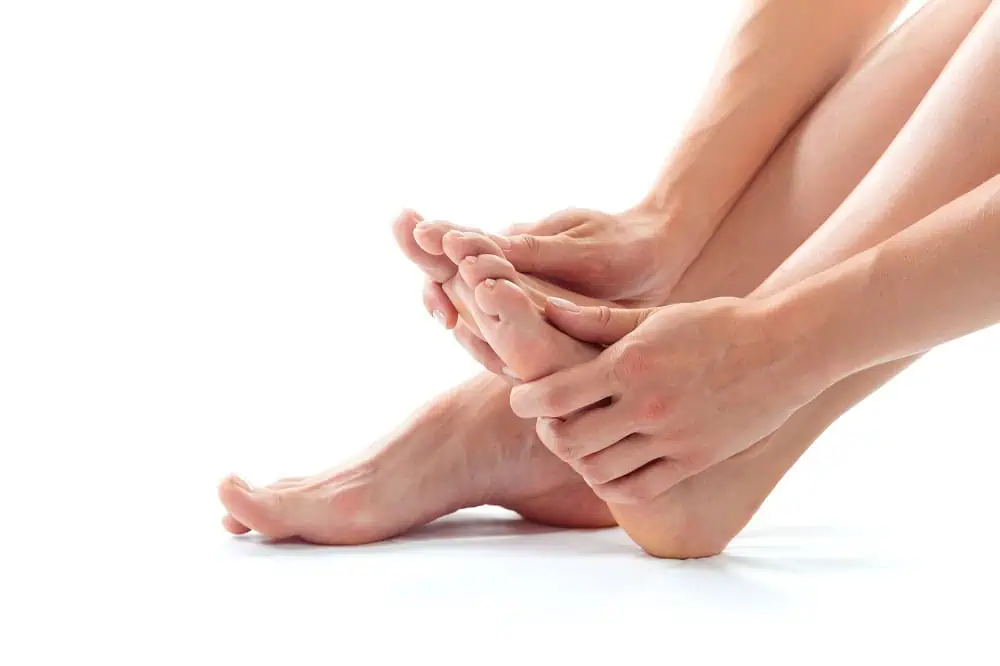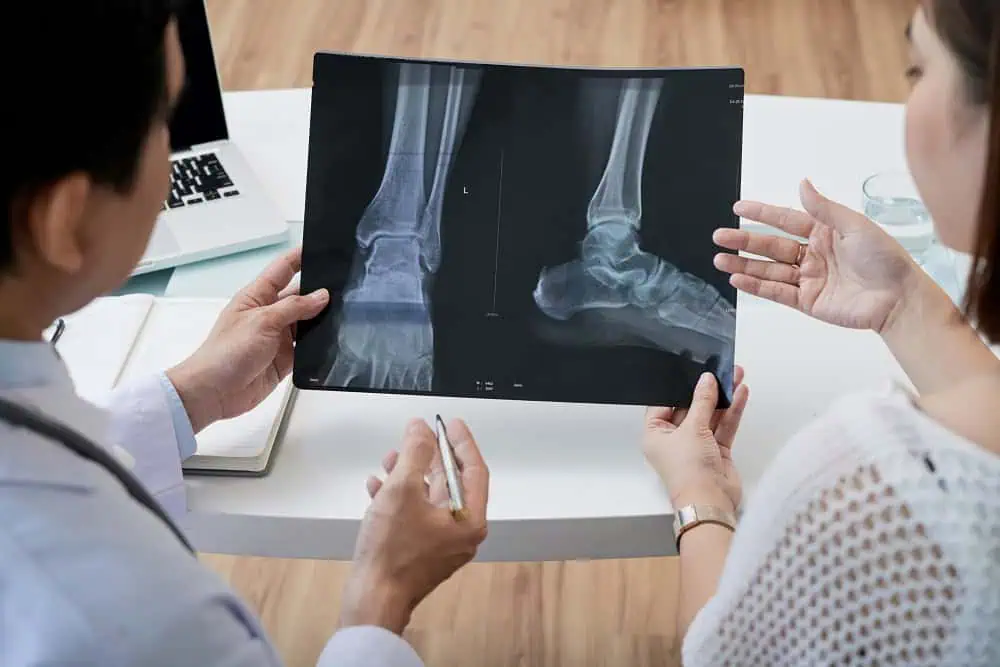Report: Gout Vastly Undertreated in USA & UK

Gout, the most common inflammatory arthritis worldwide, is treatable but vastly undertreated, according to epidemiologic studies that now encompass three continents. The undertreatment problems previously reported in the United Kingdom and the United States also characterize gout in Taiwan, according to a nationwide population study. Chang-Fu Kuo, MD, from the Division of Rheumatology, Orthopaedics and […]
What is driving a physician shortage and how can it be stopped?
As its name insists, the Affordable Care Act (ACA) is supposed to give more American access to reasonably-price healthcare, but this affordability would prove fruitless if the number of primary care physicians in the United States continues to decrease. Recent findings from the likes of SERMO, the largest online community of physicians, show that amongst […]
Fashionable Footwear – Good for Style, Bad for Foot Health

More than half of Americans suffer from foot problems, and often those problems are directly related to shoes. But no matter how cute a shoe looks, Orly Avitzur, medical adviser at Consumer Reports, said that having fashionable footwear isn’t worth the health risks. “Wearing the wrong shoes can lead to lifelong deformities that require surgery […]
What’s at stake if Congress repeals the Medical Device Tax?

During the battle to reopen the government, a pot With that in mind, here are some frequently asked questions about the tax. Q: What is the medical device tax? A: Since the beginning of this year, medical device manufacturers and importers have paid a 2.3 percent tax on the sale of any taxable medical device. […]
“We Shouldn’t Be Doing It”: Lecturer Calls Out Serious Podiatric Myths

During his lecture entitled “Righting the Wrong: Exploding Myths in Podiatric Medicine” last month, Bradley W. Bakotic, DPM, DO, Bako Pathology Services in Alpharetta, GA called out some myths which have inexplicably become part of the modus operandi of the modern podiatrist. “Podiatry is a little bit incestuous,” Dr. Bakotic said. “If you go to MD […]
Healthcare Hiring Continues to Increase
According to Healthcare Finance News the healthcare industry has continued to grow, increasing by 23,400 positions last month. The biggest growth area were in ambulatory healthcare settings and at hospitals specifically in home healthcare services, which added 6,800 jobs. Physician offices added 1,000 jobs, while outpatient care centers boosted employment by 3,200 jobs and overall, hospitals […]
